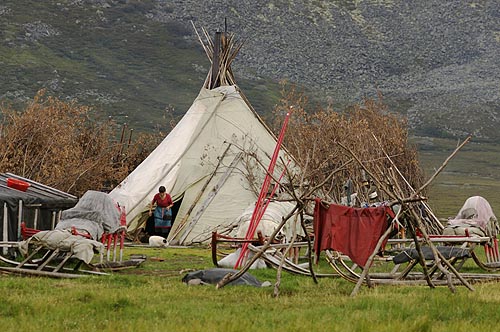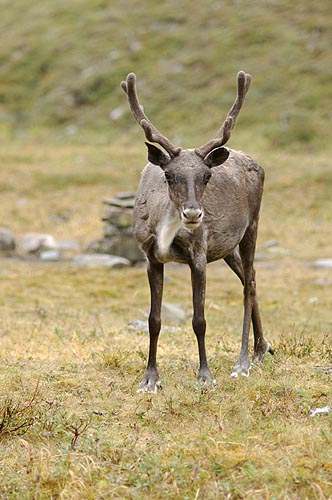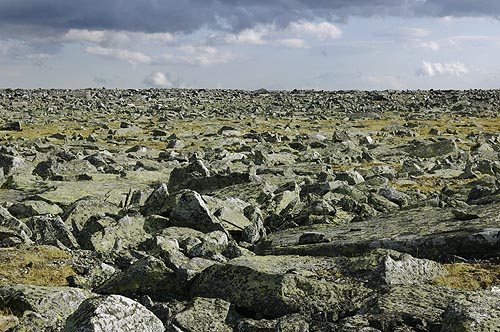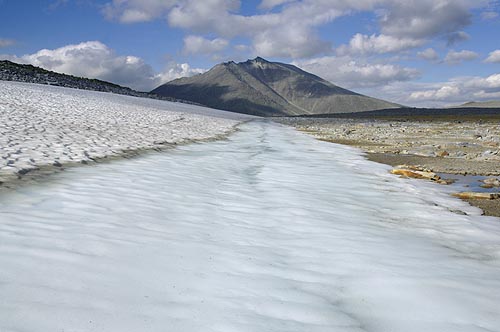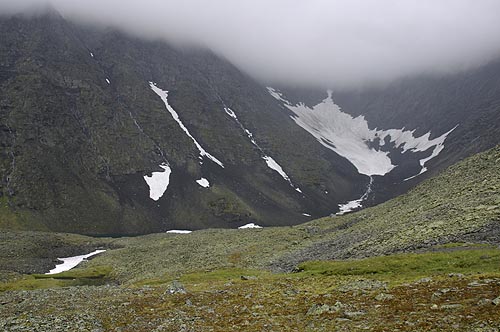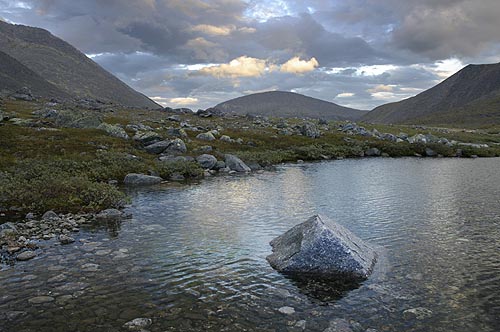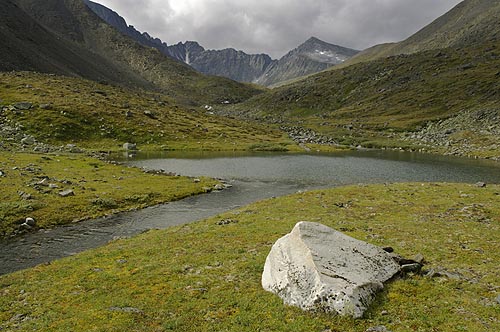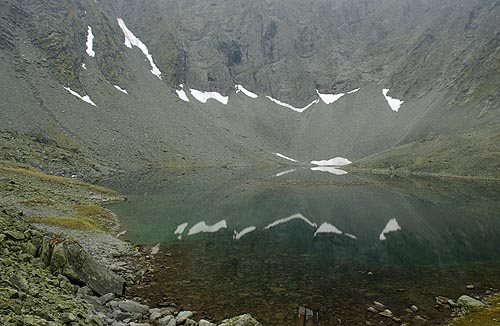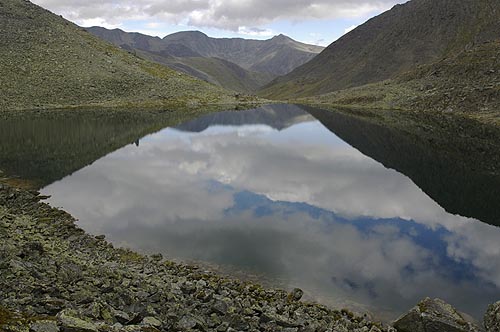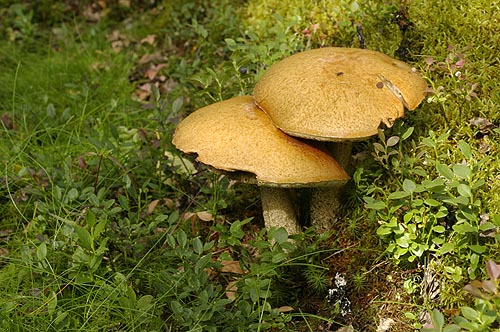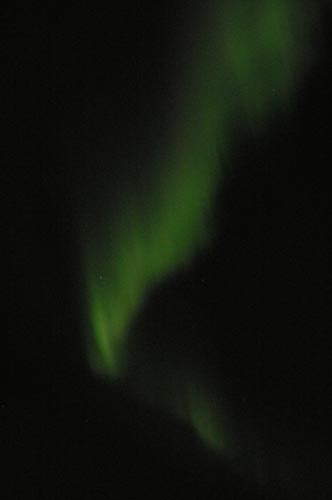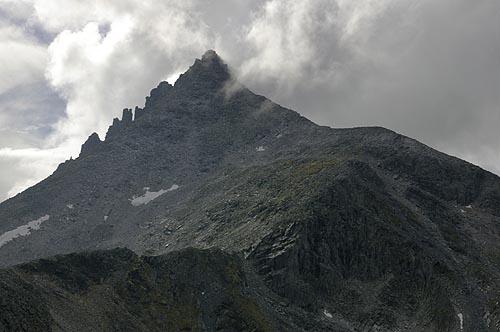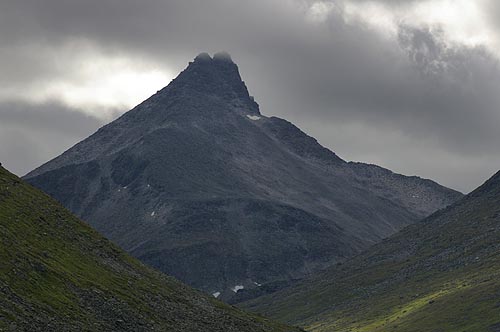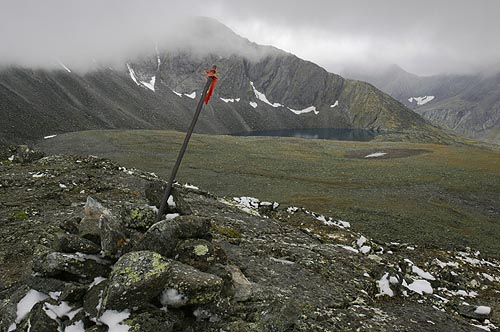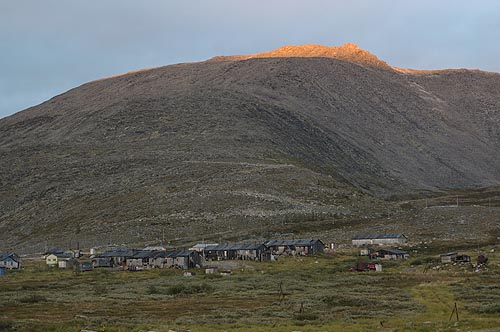Nomads
For a long time the native people have been coming to this place in summer to feed their reindeer herds. The so-called chum still serves as a traditional shelter. Due to the absence of trees in the area the firewood has to be brought from lower places.Rudolph
The big herds count up to a thousand reindeers. They give meat and milk, and some are used as draught animals for the wooden sledges. The reindeers are nearly as tame as any domestic animals.